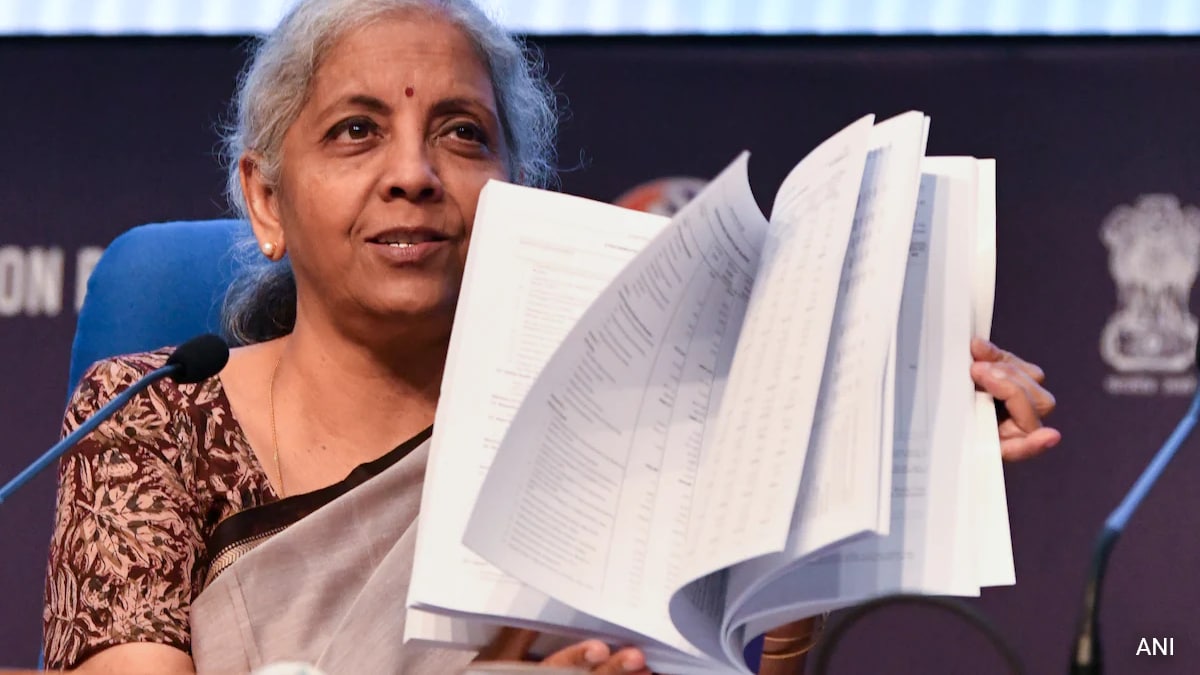
New Delhi: Union Finance Minister Nirmala Sitharaman, while presenting the Budget 2024, announced a substantial allocation of ₹ 1.50 lakh crore dedicated to the agriculture sector. The budget emphasizes enhancing productivity and resilience, with a focus on introducing 10 million farmers to natural farming practices over the next two years. “New 109 high-yielding, climate-resilient varieties will be released to farmers. Additionally, 10,000 need-based bio-input centres will be established to strengthen the production, storage, and marketing of oilseeds,” she said on July 23, 2024.
Also Read: “Save As Much As ₹ 17,500”: Finance Minister on New Tax Regime Slabs
However, the budget also sees a reduction in subsidy rates for fertilizers and food. The food subsidy budget is projected at ₹ 2,05,250 crore, marking a 3.34% decrease from the revised estimates for FY 2024. The fertilizer subsidy has been reduced by ₹ 1 lakh crore, or 13.18%, now fixed at ₹ 1,64,000 crore compared to the actual expenditure in FY 2022-23.
The entire food subsidy has now been consolidated under the Pradhan Mantri Gareeb Kalyan Anna Yojana (PMGKAY). Under this scheme, the central government will provide five kilograms of free wheat or rice to all eligible people every month for the next five years.
Additionally, the finance minister announced plans to promote digital public infrastructure in collaboration with state governments. This initiative aims to provide farmers with access to crucial information such as weather forecasts, market prices, and crop advisory services.
“A digital crop survey for Kharif will be conducted in 400 districts in FY 2025. The issuance of Jan Samarth-based Kisan Credit Cards will be enabled in five states. Financing for shrimp farming, processing, and export will be facilitated through the National Bank for Agriculture and Rural Development (NABARD),” Sitharaman announced.
Compared to last year’s budget, the finance ministry has allocated ₹ 10,000 crore to the price stabilisation fund, benefiting farmers. This move aims to address price rises. Last year’s budget had an allocation of only ₹ 10 lakh for this fund.
Also Read: Budget 2024: What Is Cheaper, What Is Costlier?
This comprehensive approach indicates a shift towards a more sustainable and resilient agricultural framework while addressing the immediate financial constraints through reduced subsidies.





